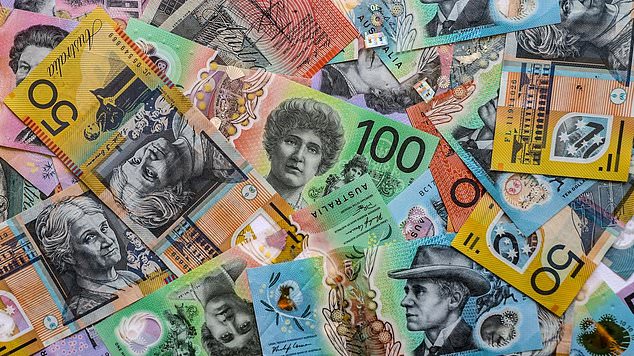More than five million Australians will receive an increase of up to $41.50 per fortnight to their social security payments from Friday, with people receiving Commonwealth Rental Assistance seeing their payments increased by $23 per fortnight.
The changes will affect people receiving the Jobseeker’s Payment, who will see their payments increased by $15.30 every fortnight to $786.80 for singles, and $28 to $1,440.40 for couples.
Jobseekers who have only an assessed partial capacity to work up to 14 hours will also move to the higher rate, increasing their payments by $71.20 per fortnight.
The payment for parents will increase by $19.80 per fortnight, to $1,026.30 for singles, and by $28 per fortnight, to $1,447.20 for couples.
The biggest increases will affect disability support pensions, the old-age pension and carers’ payments, which will rise by $28.10 for single beneficiaries and $42.40 for couples, to $1,144.40 and $1,725.20 per fortnight.
People receiving the top rate of rental assistance packages will also see an increase from $23 to $211.20 for singles, and from $43.60 to $398 for couples, and the changes include quarterly indexation rates and a 10 percent increase.
Treasurer Jim Chalmers and Social Services Minister Amanda Rishworth acknowledged that rents were “still too high” but hoped Labor’s 15 per cent increase to rental assistance payments was “alleviating the problem somewhat”.
They also criticised the Coalition and the Greens for rejecting Labor’s Help to Buy shared-share scheme, which will not be voted on in the Senate for another two months.
More than five million Australians will receive an increase of up to $41.50 per fortnight in their social security payments from Friday
While Labour says it will help up to 40,000 people into the housing market, the Greens have argued it will push up house prices and put more pressure on renters.
The rise in social security payments comes ahead of the Reserve Bank’s (RBA) interest rate decision on Tuesday, where it will announce whether it will raise, cut or maintain the current cash rate of 4.35 per cent.
RBA Governor Michele Bullock has consistently warned that it is too premature for the board to consider a cut “in the near term”, with inflation still stubbornly above the bank’s 2 to 3 per cent target range.
August labour force data also showed Australia’s unemployment rate remained unchanged at 4.2 per cent, dashing hopes for a rate cut.
Still, Bullock will be under pressure to consider a hike following the U.S. Federal Reserve’s decision to cut rates by 50 basis points on Thursday.

